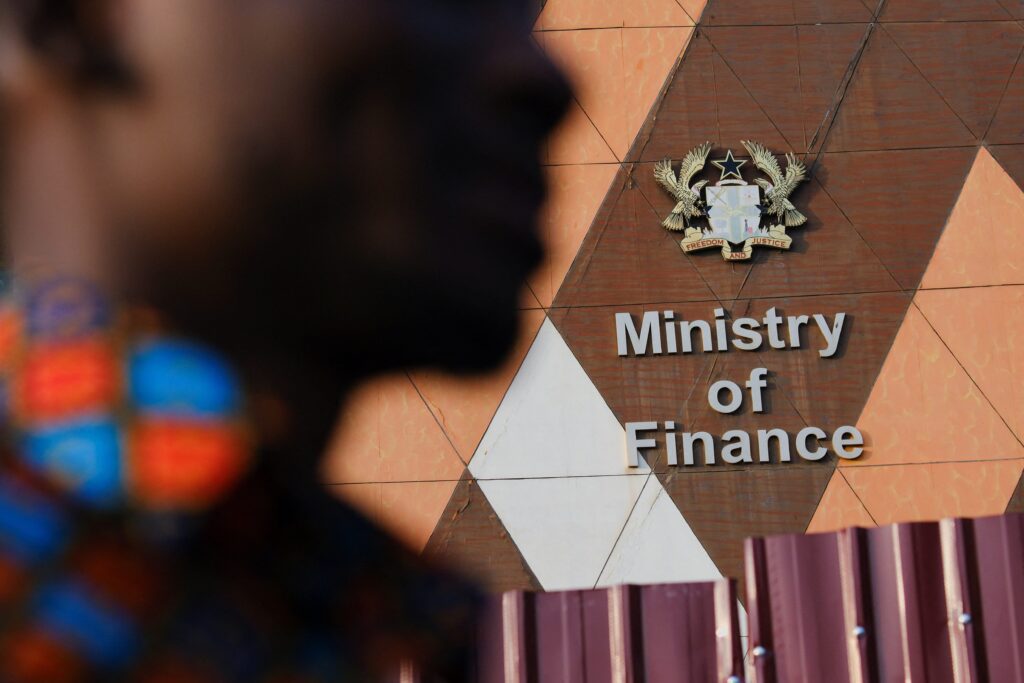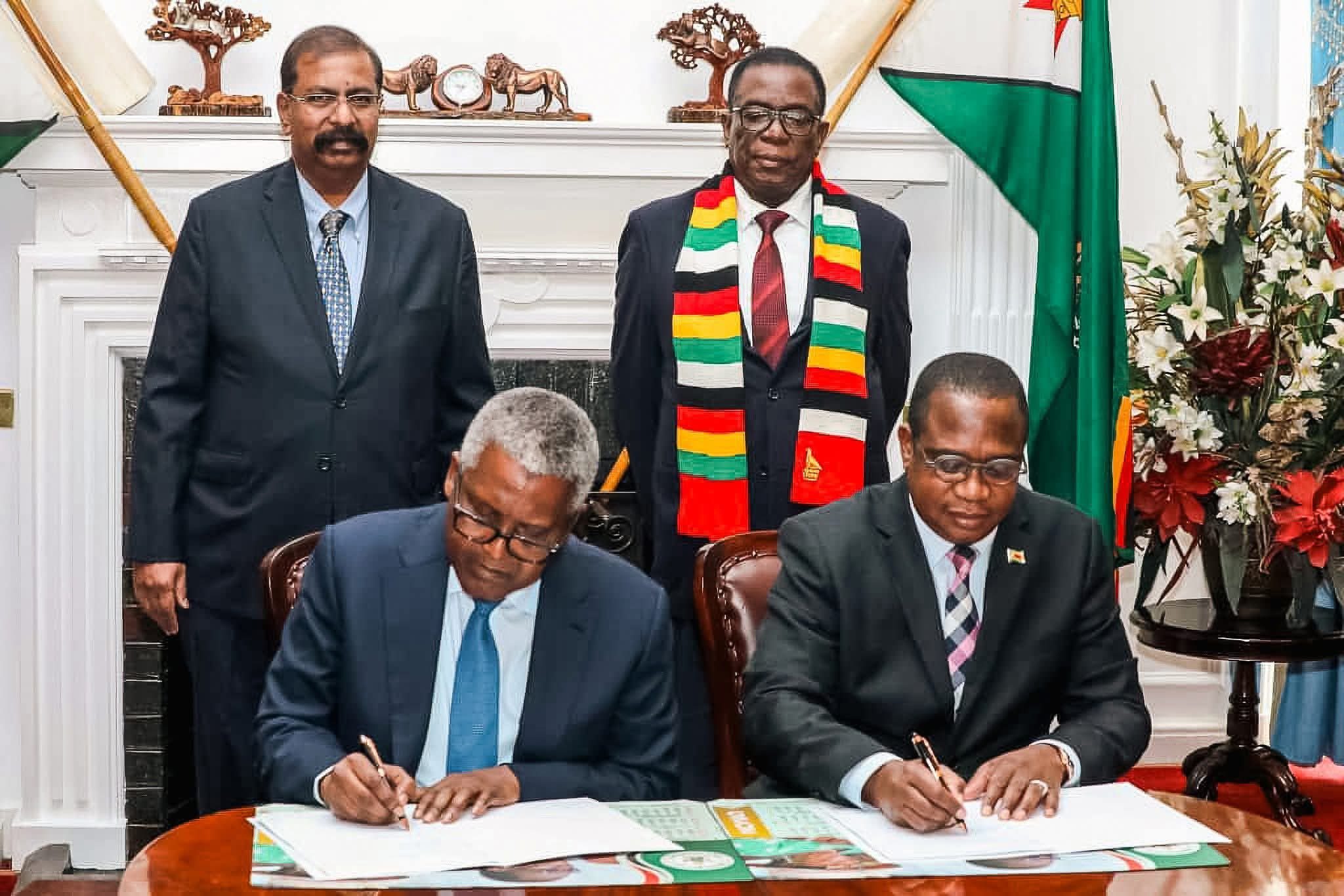
Friday 21st November 2025

by inAfrika Newsroom
Ghana debt ratio indicators have improved after a year of reforms under an IMF-supported programme, new figures show. Central and government-guaranteed debt stood at about 43.8 percent of GDP by mid-2025. A year earlier, the level sat above 60 percent.
A budget update to parliament reported a 16 percent drop in total public debt over six months. Restructuring deals with creditors and a stronger primary balance drove much of the change. The finance ministry pointed to lower interest costs, improved revenue collection and a focus on growth-linked investment. The Bank of Ghana cut its policy rate in stages as inflation fell from above 50 percent into single digits and the cedi stabilised.
Officials said the next phase of the programme will stress discipline and protection of key spending lines. They plan to hold a primary surplus, broaden the tax base and maintain funds for roads, power and social protection. They also signalled a cautious return to international bond markets, guided by a new medium-term debt strategy that is still under discussion.
The sharp fall in the Ghana debt ratio offers a live test of how African states can exit crisis without crushing growth. Lower debt and interest costs free money for clinics, schools and infrastructure and reduce pressure for sudden tax hikes or spending cuts. A credible path in Accra can also improve investor sentiment toward the wider region and narrow risk premiums for peers. That matters for countries that need to refinance or fund key projects. Ghana’s experience may feed into debates on faster and fairer restructuring rules for low- and middle-income states. If reforms hold, the case strengthens for treating African economies as varied, reform-capable partners and not as a single high-risk group.


